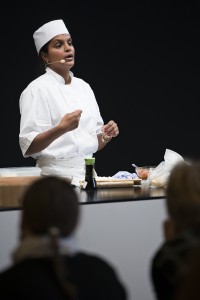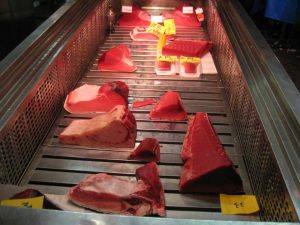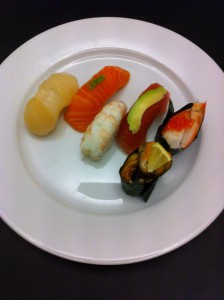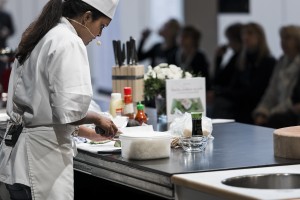It is best to buy sushi knives in Japan.
A sushi knife is not just a sushi knife. There are many things to keep in mind when buying a sushi knife.
In Japan, there are many different Japanese sushi knives of different sizes.
In Japan, sushi knives are made in different types of steel, some knife blades are easy to maintain and others are more challenging.
Some Japanese sushi knives are made of cheap steel, while others are made of exclusive steel, which has a long shelf life.
The shaft of the knife is also different. On traditional Japanese sushi knives, the handle is made of wood. In Japan you can buy sushi knives where the shaft is made of cheap wood, but you can also buy knives where the wood is exclusive. The actual design of the shaft also varies.
The weight of sushi knives is different. Some knives are light while others are heavy.
In Denmark, the selection of sushi knives is very small. In fact, it is far too small. The knives I use all come for Japan. If I need a new Japanese knife, then I will only buy it in Japan.
Read more about Sushi course for beginners
_
Zoë has lectured and held sushi courses for A. P. Moller – Maersk, Hugo Boss Nordic, Novo Nordisk, Novartis, Velux, Gorrissen Federspiel, Beierholm revision, Elbek & Vejrup and many more.









